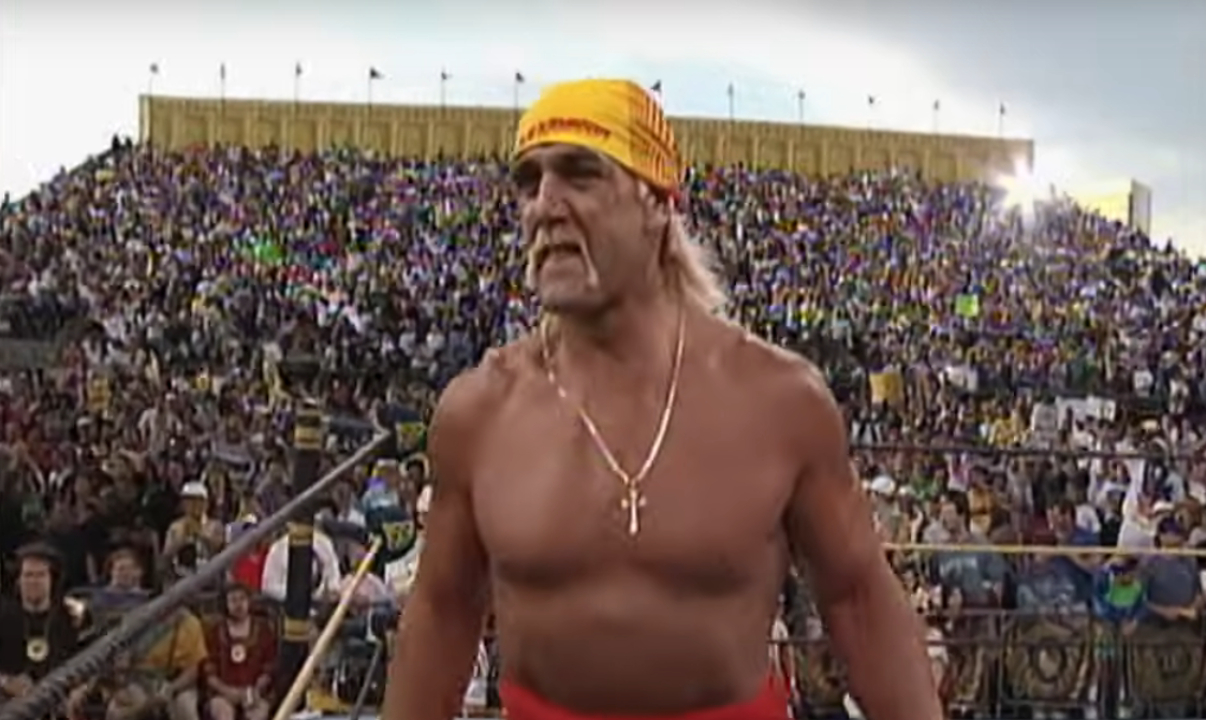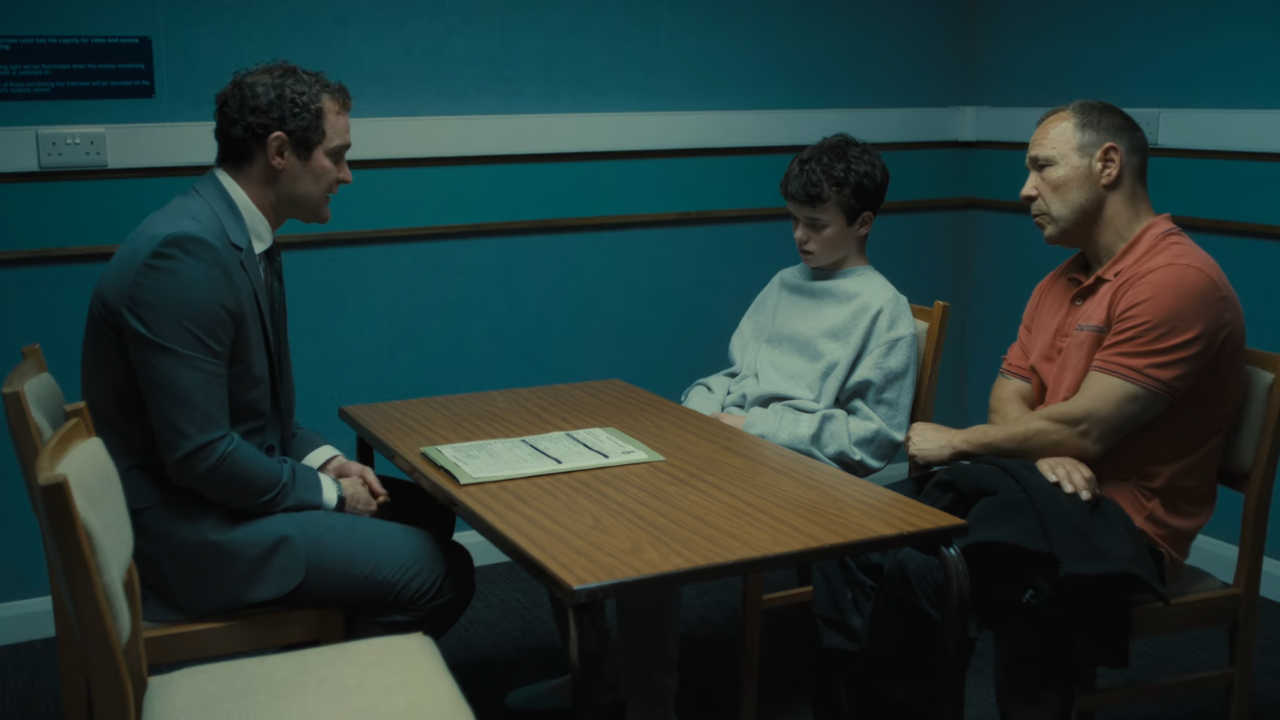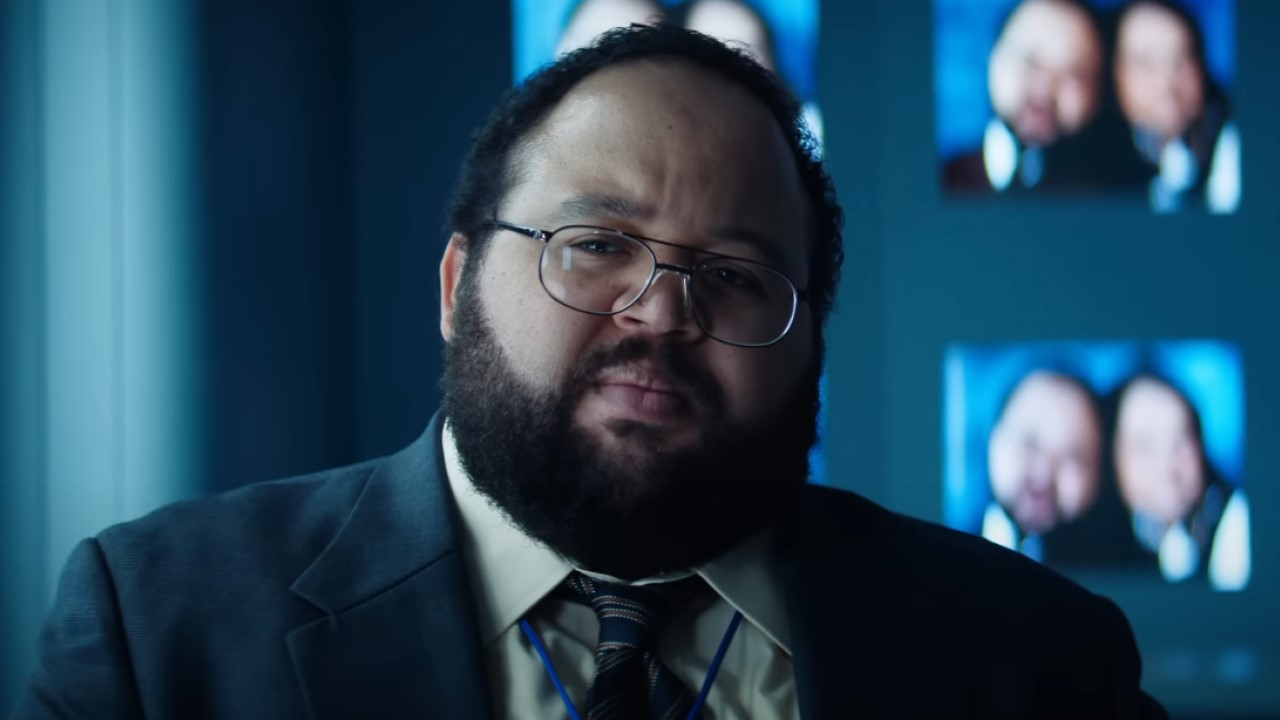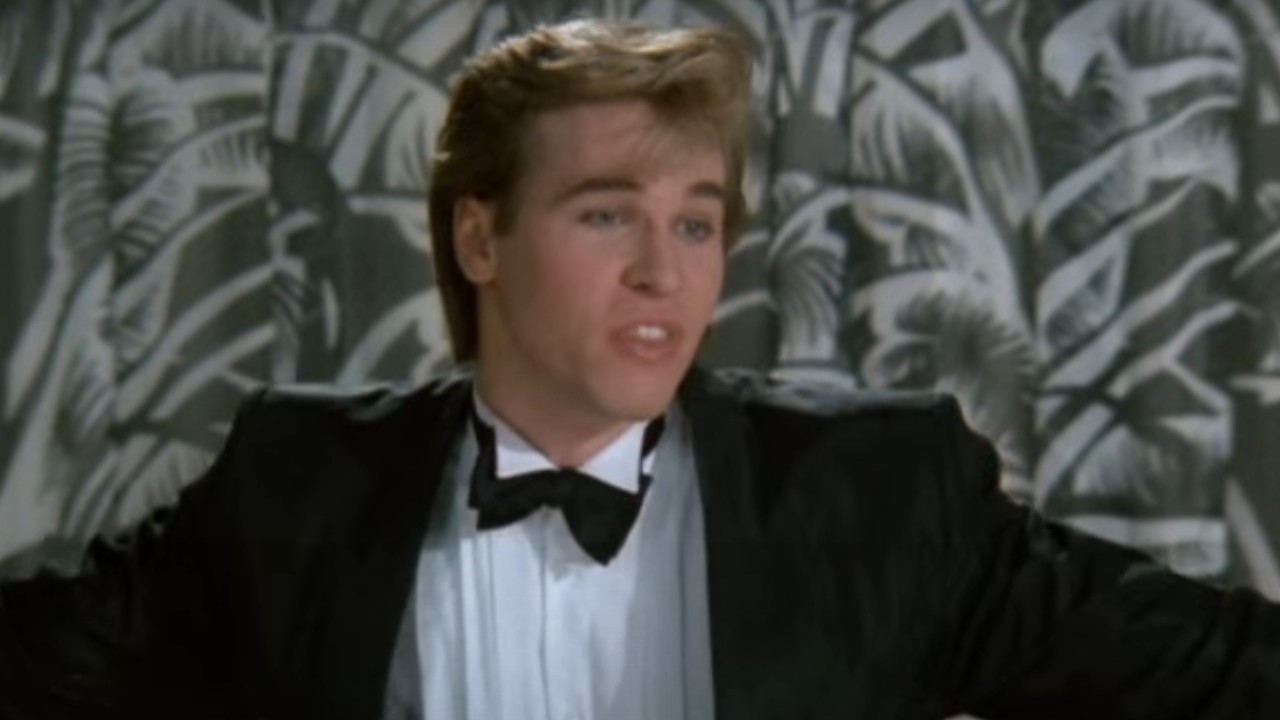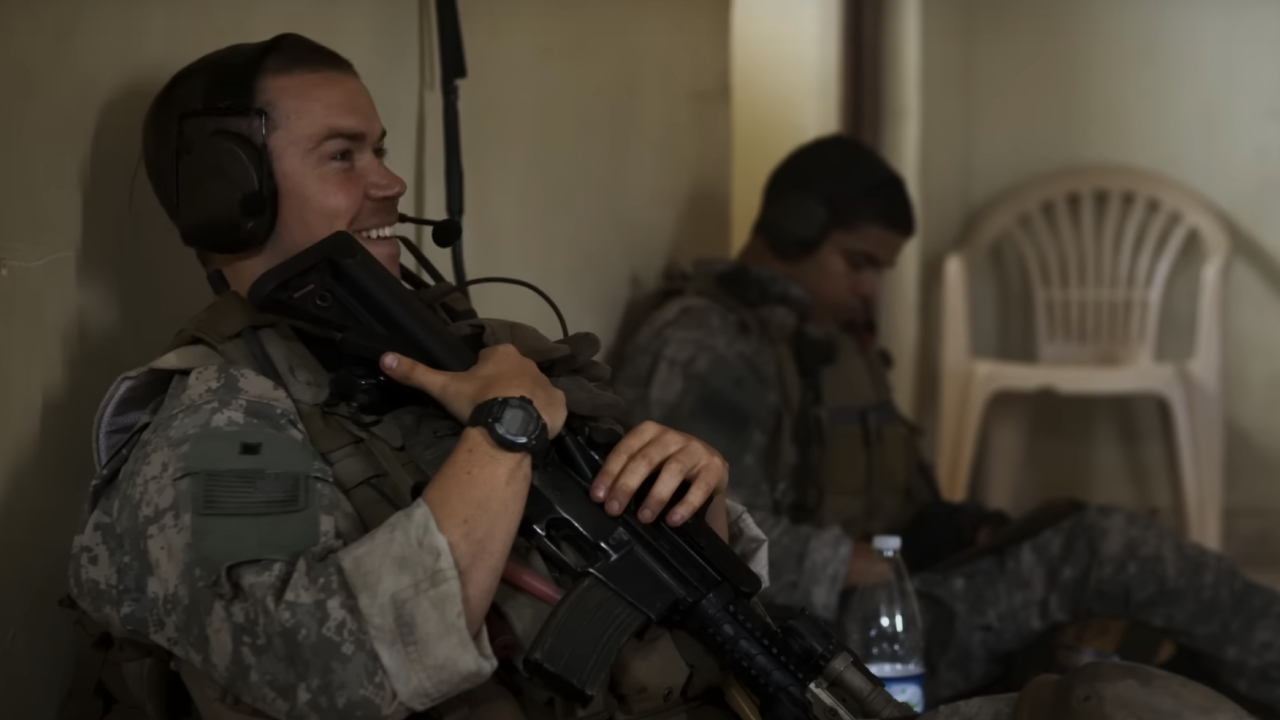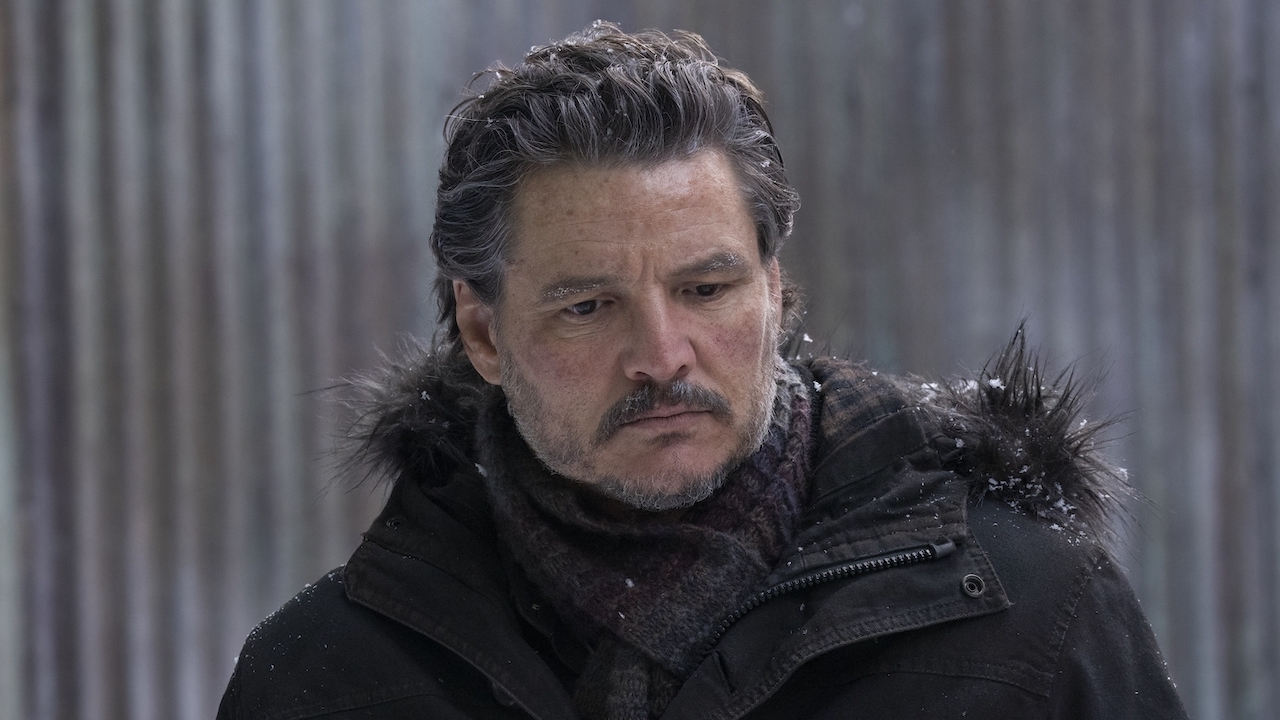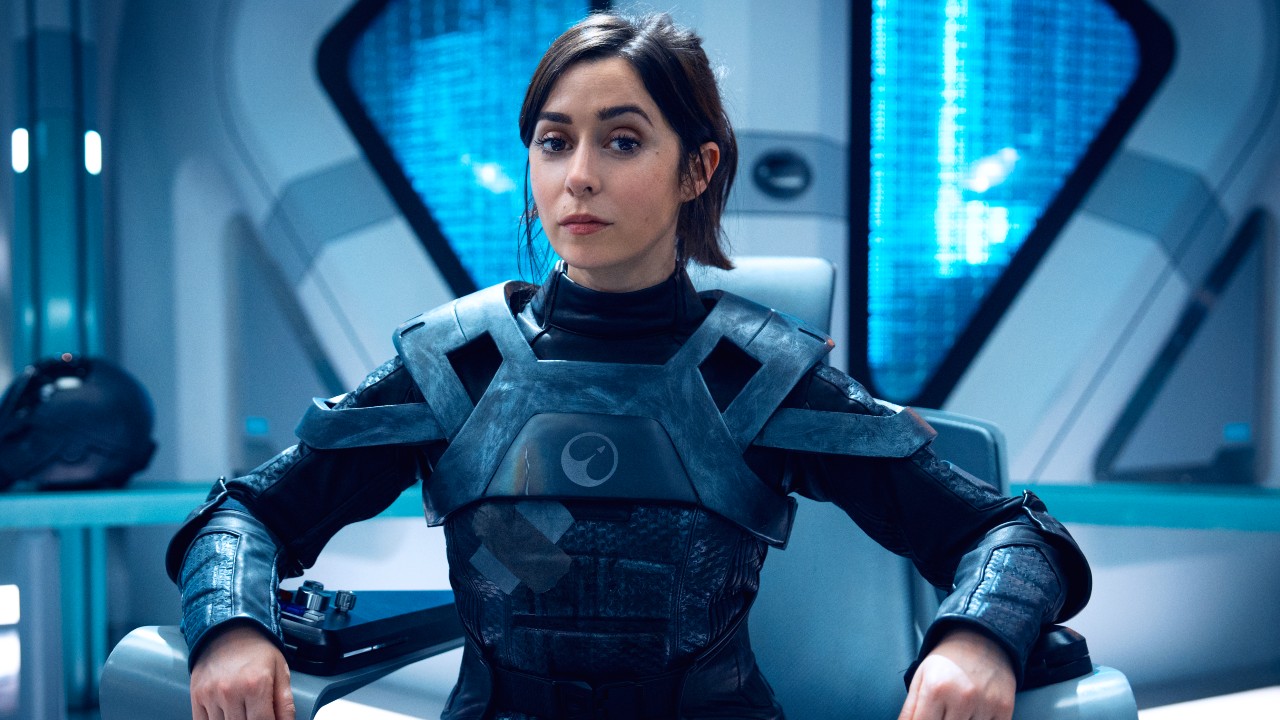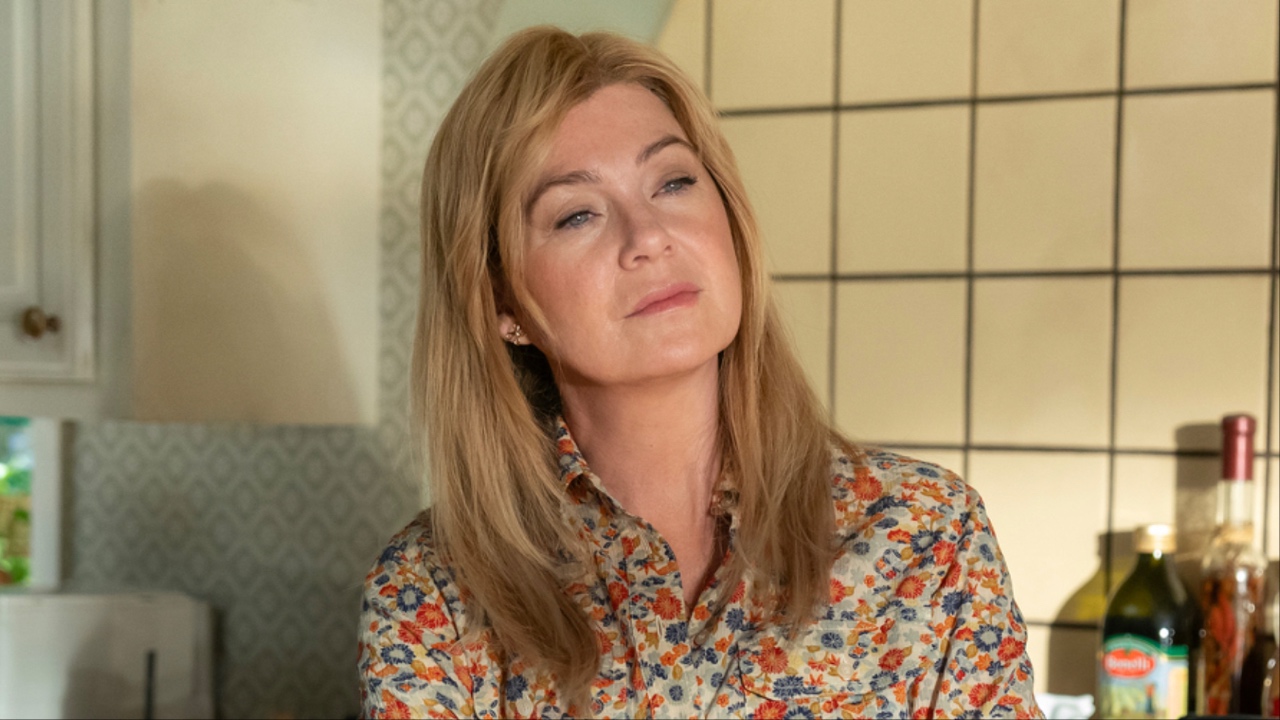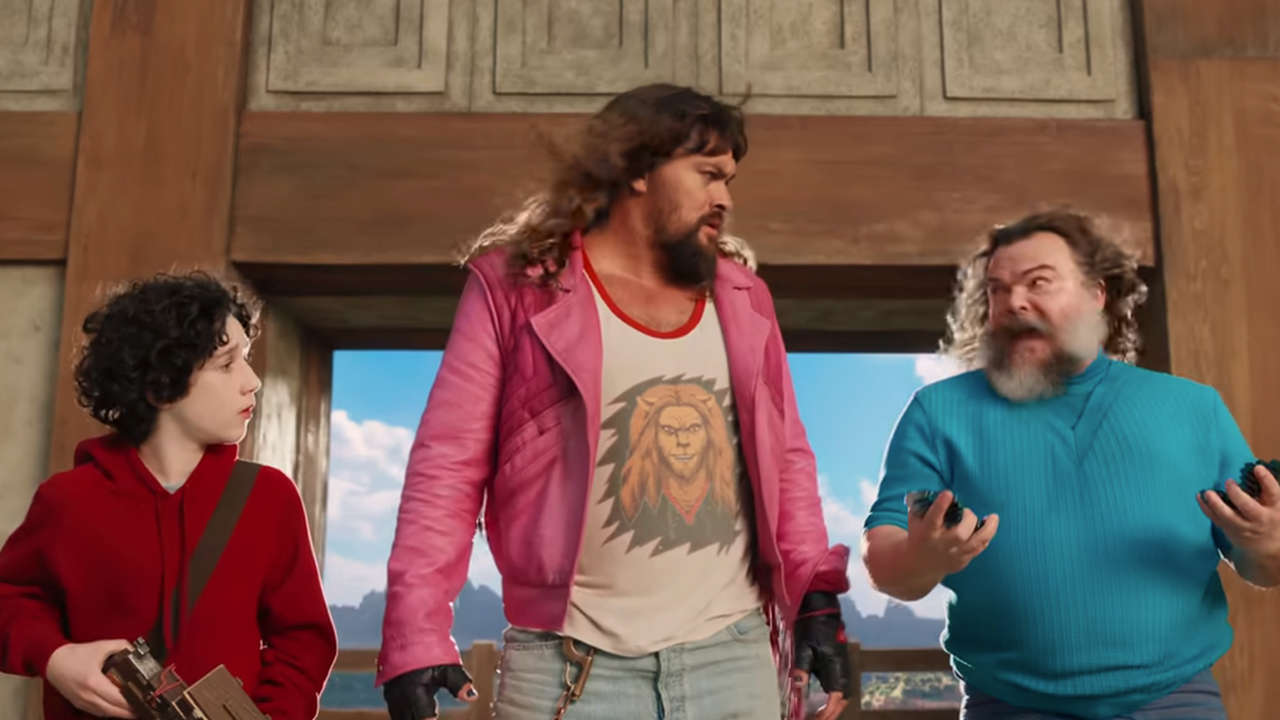HBO's The Last Of Us: The Biggest Changes From The Video Games In Each Episode
Check out the biggest differences between The Last Of Us show and video game!
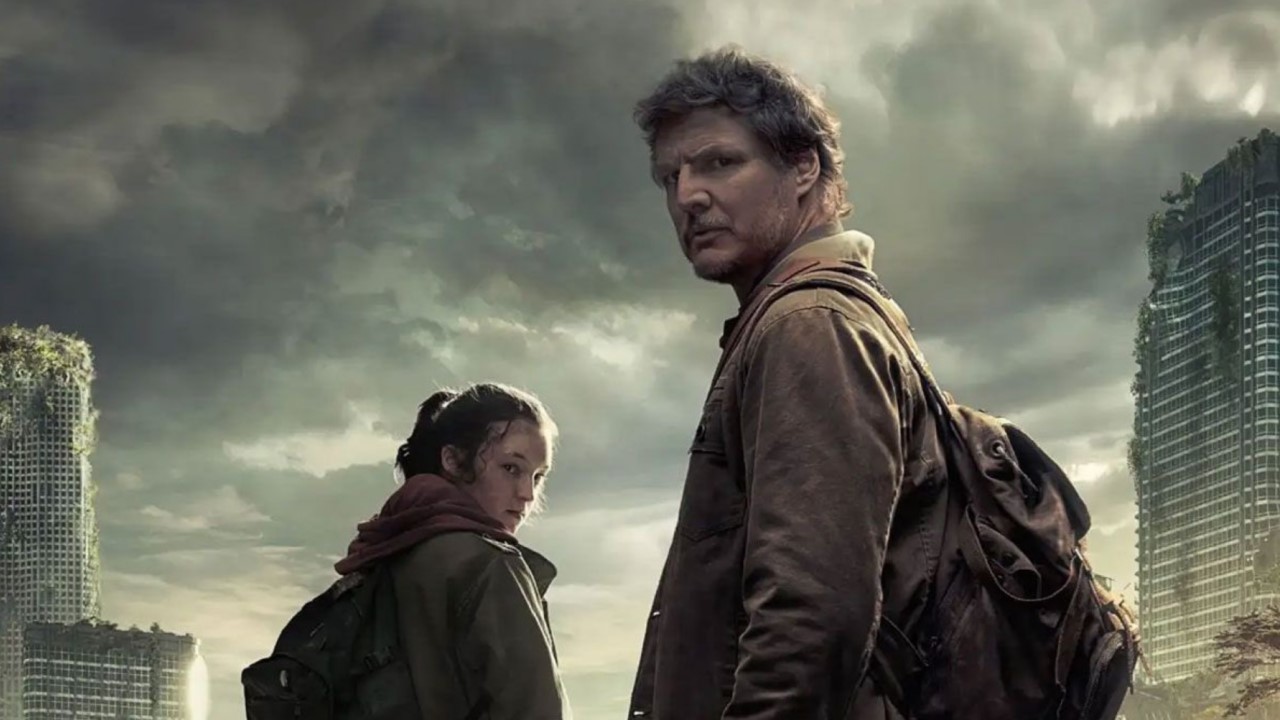
Spoilers below for anyone who hasn’t yet watched The Last of Us up to and through its latest episode (which is just the series premiere at the moment), so be warned!
Based on Naughty Dog’s bestselling and critically adored video game series, HBO’s The Last of Us is one of the most ambitious adaptations of its kind, and is already destined for legend status in that respect. As many years of failed attempts have proven, bringing any kind of video game into the realm of live-action can be wildly challenging, usually due to unfamiliar creative teams. Thankfully, The Last of Us boasts avid fan Craig Mazin and the source material’s co-writer and director Neil Druckmann as its showrunners, making every game-to-TV change that much more important and intentional. And there are definitely some big and bold changes to look out for.
The Last of Us, unlike a lot of forgettable video game adaptations, doesn’t approach fidelity and faithfulness with an all-or-nothing attitude. Instead, the well-reviewed new series wisely brings to life the moments that made gamers lose their damn minds, while expanding upon elements that wouldn’t have been possible in the PlayStation series. Below, we’re taking a look at the biggest and most notable differences between HBO’s The Last of Us and its award-winning predecessor, with the understanding that many of the more minor and expected changes — such as Ellie and Tess being introduced from their own points of view, or the lowered threshold for violence — aren’t necessarily going to be included.
The Last Of Us Episode 1: "When You're Lost In The Darkness"
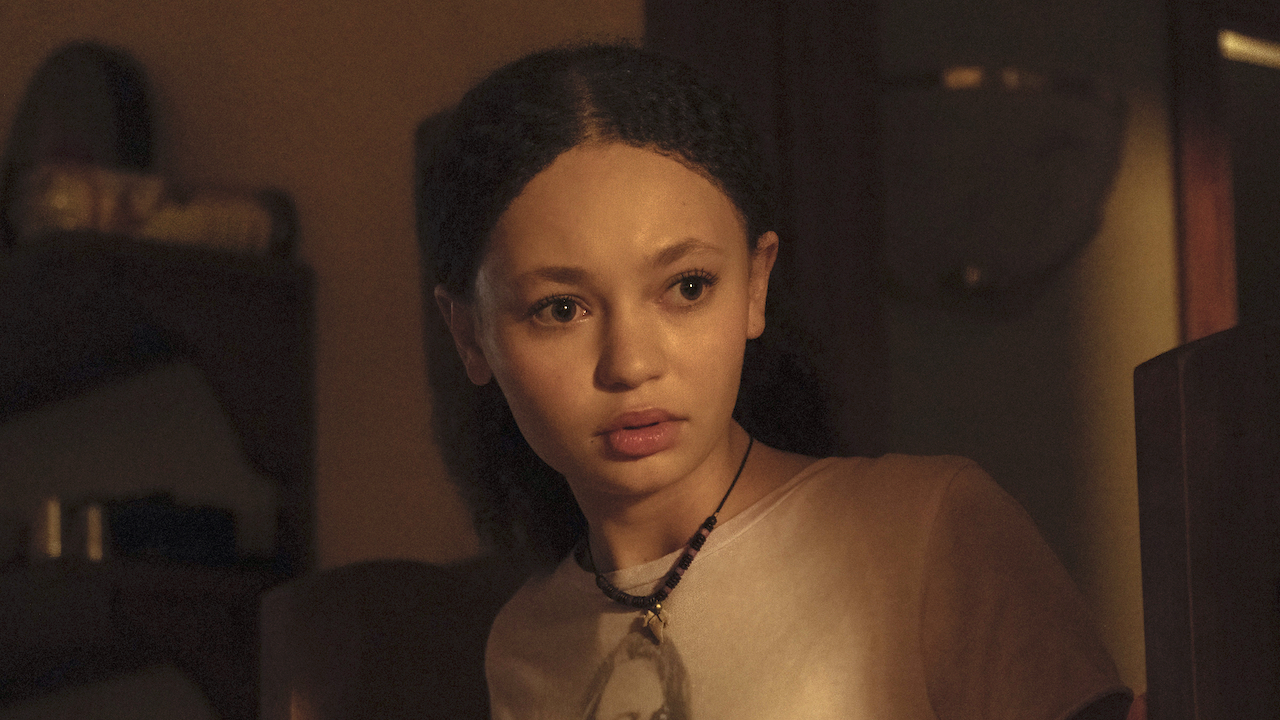
Here are the biggest alterations, additions, and differences from Episode 1, “When You’re Lost in the Darkness.”
The 1968 Flashback
Without title menus and load screens to worry about, HBO’s Last of Us starts off with a big change-up, and one that calls to mind the real-world dangers radiating throughout Craig Mazin’s accolade-laden Chernobyl. The video game didn’t have any foreshadowing Dick Cavett Show-esque segments, but viewers were all the better for it, thanks in large part to John Hannah’s dense and gripping explanation for humanity’s eventual crumbling. Even though we know it’s all going to shit in the TV show’s future, this opener is arguably the most chilling scene in the series premiere, since it’s not that far — [hears clicks in the distance] — from our reality.
Sarah And Joel’s Expanded Introduction
The Last of Us’ second flashback, which introduces lead cast members Pedro Pascal’s Joel and Nico Parker’s Sarah, rather necessarily concludes in the same tragic way as it went in the source material, since the teen’s death so heavily informs the grieving father’s relationship with Bella Ramsey’s co-protagonist Ellie. But Neil Druckmann & Co. were oh-so-thankfully able to stretch out the game’s already effective (if understandably truncated) opening, to build their connection up and eventually amplify the harrowing impact of her execution as shit hit the fan throughout Austin. As well, the HBO series brought in the doomed neighbors the Adlers, and it was a frightful delight to watch them as the series’ first infected characters.
Joel’s Hunt For Tommy
Though the TV show hits the main notes of the game’s “Joel and Tess track down the villainous Robert” arc, the motivation behind it is completely different. Rather than trying to secure a cadre of weapons, as it went in the original story, Joel and Tess were using Robert to access a working car battery, so that Joel could track down his brother Tommy, as portrayed by Gabriel Luna. A brotherly reunion is also a goal within the game, but under differing circumstances that haven’t played out in the TV show yet. Here, Tommy and Joel are apparently in constant contact, as opposed to their more estranged digital counterparts, and a sudden lapse in communication sparks Joel’s need to travel to Cody, Wyoming, though Robert’s double-crossing doesn’t exactly help things.
CINEMABLEND NEWSLETTER
Your Daily Blend of Entertainment News
The First Reference To Riley
Though Storm Reid’s live-action iteration doesn’t appear in person in the series premiere, the character Riley does get name-checked in The Last of Us’ premiere. As not to spoil things for those who aren’t familiar, suffice to say Riley is quite important to Ellie’s story prior to meeting Marlene, as she was first introduced in the limited comic book series The Last of Us: American Dreams before her arrival in the DLC release Left Behind. As such, Ellie’s taken-aback reaction was completely justified after Marlene asked if she considered Riley to be a terrorist, though viewers will have to wait and see exactly why that is.
The Last Of Us Episode 2: "Infected"
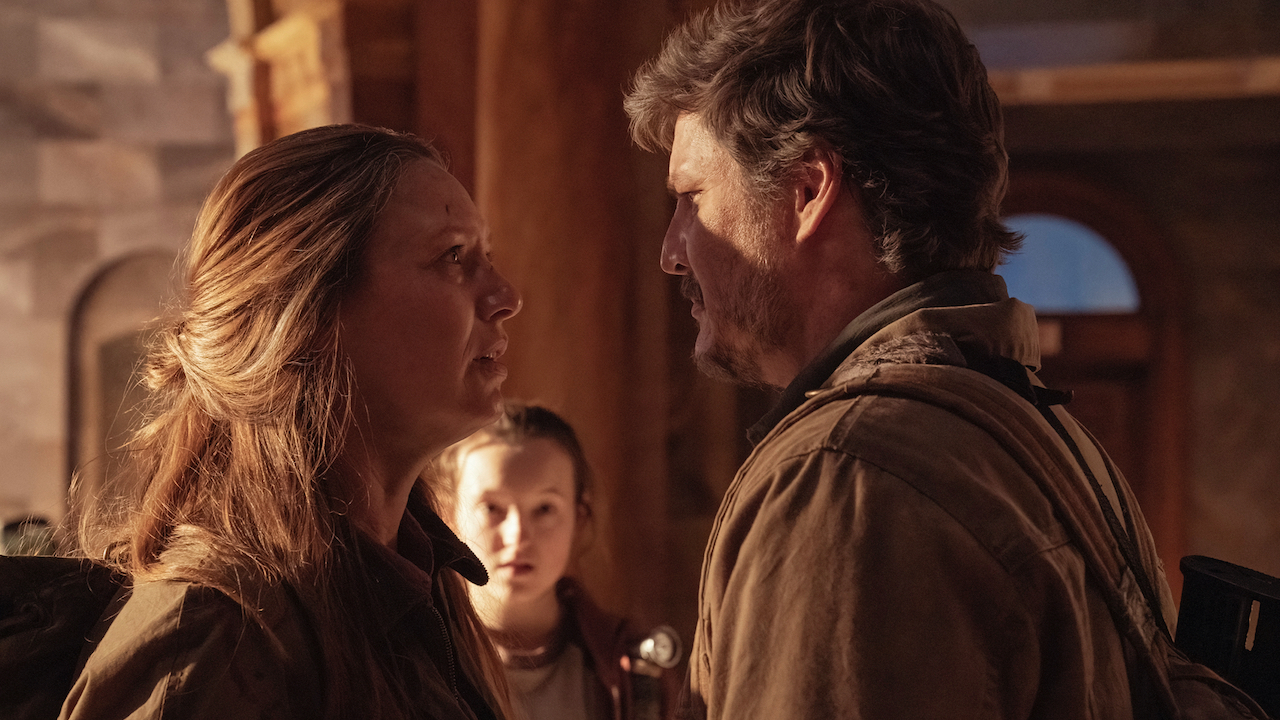
Here are the biggest alterations, additions, and differences from Episode 2, “Infected.”
Dr. Ratna Figuring Everything Out
Similar to how The Last of Us’ series premiere kicked off with an ominous flashback foreshadowing a potential world-gutting outbreak, Episode 102 opened with another exposition-filled cold open that was completely absent from the source material, hinging on Christine Hakim’s mycologist Dr. Ratna. While the game intentionally kept a lot of the Cordyceps origins a mystery, the HBO series specifically traced it all back to a flour factory in Jakarta, where a female worker was killed after brutally attacking her unaccounted-for colleagues. Ratna, after discovering the fungal changes in the body, Ratna wasted little time advising that the entire city needed to be bombed in an effort to contain the mutations. Though we all know how that turned out.
Cordyceps' Long-Distance Connections
As a way to keep the live-action series more invested in humanity’s survival as a whole, co-creators Craig Mazin and Neil Druckmann managed to make the infectious fungi even more threatening with a detail rooted in real science. The TV show’s take on Cordyceps is a hive-minded organism that can maintain cellular communication across far distances without direct physical connections, allowing for the adaptation to maintain Clickers and other infected beings as the core villains, as it were, rather than going with the game’s use of militant soldiers.
The Way Tess Sacrificed Herself
The Last of Us’ TV show stuck with the game’s second major character death, though while spinning the details in a way that made Tess’ sacrifice all the more disturbing. Things play out largely the same when it comes to discovering the firefly rendezvous point had been sabotaged, leading a panicked Tess to reveal she’d been bitten during the freaky Clicker scuffle in the museum. But rather than having her blow up a group of humans offscreen in order to give Joel and Ellie more time to escape, the TV series’ aforementioned changes meant viewers had a front-row seat for Tess’ final moments, which included a haunting AF moment of twisted affection as one of the infected gave her a final “kiss” before she blew them all to smithereens.
The Last Of Us Episode 3: "Long, Long Time"

Here are the biggest alterations, additions, and differences from Episode 3, "Long, Long Time.”
Ellie Studying And Killing An Infected
While Ellie is definitely a smart and crafty character in The Last of Us video game, she isn’t necessarily the most curious person in the world when it comes to the infected. At least beyond the initial curiosity: “Can I have a gun to shoot them?” In Episode 3, “Long, Long Time,” Bella Ramsey’s teen survivor shared a private moment with one of the creatures that’d been mostly crushed beneath building rubble. And in a move that stood apart from her game counterpart, Ellie cut the infected’s skin open and looked at the totally non-human business going on beneath. She seemed to go through a few beats of consideration before jabbing her blade into its skull, perhaps thinking about how different she now is from everyone (and everything) else in the world. Which then led to her inquiring about it to Joel, giving us another big game change-up.
Joel’s Explanation For The Outbreak’s Origins
Serving as something of a bookend for the second episode’s Indonesia-set cold open, an early sequence in Episode 103 featured Pedro Pascal’s Joel giving Ellie a clinical explanation for the way it all went down on the days that surrounded September 26, 2003, though without tapping into his own painful experience at the time. Joel further confirmed that it was contaminated foods such as flour and sugar that were shipped out from the doom-laden factory in Jakarta, leading to people falling sick and biting others. Ellie was thankful that he told her. (She was probably less happy to see the mass grave of non-infected victims, though.)
Bill’s Early Days After The Outbreak
When Bill enters the video game, he’s presented almost entirely as a curmudgeonly doomsday prepper with zero appreciation for the company of others, and all without hinting very hard at what his backstory entailed. Craig Mazin and Neil Druckmann made the decision to go in the completely opposite direction with Nick Offerman’s iteration of the character, however, helping to boost “Long, Long Time” into instant Best Episode Ever conversations. The ep smoothly jumped from Joel’s tale to the 2003 flashback evacuation in order to hone in on the basement-dwelling Bill hiding out and avoiding detection. It was all a bit hard to believe that BIll was the ONLY person in town to successfully nail that plan, but still made it easy to root for him while looting abandoned Home Depots and turning the area into a bonafide safe haven.
Bill And Frank’s Entire Love Story
As gamers are aware, Frank’s appearance is as maudlin as can be, with players discovering his hanging and lifeless body, as well as a nearby suicide note with a big ol’ F-bomb aimed in Bill’s direction. A subtle and indirect implication pointed to something more than just platonic friendship having transpired between the two, and that it ended irreparably. Thankfully, the HBO series spun all that anger and frustration into a heart-swelling and non-horrific love story that just so happens to be set in a monster-filled post-apocalypse where Linda Ronstadt’s musical career is 100% canon. While the TV show does technically maintain the concept of Frank being in charge of how his life would end, it was due to terminal illness in the adaptation, and audiences were left to believe that Bill chose to end things alongside his lover, as opposed to maintaining his still-living status from the games. (That said, I have my suspicions.)
The Last Of Us Episode 4: "Please Hold to My Hand"

Here are the biggest alterations, additions, and differences from Episode 4, “Please Hold to My Hand.”
Kansas City Used In Place Of Pittsburgh
The ambush on Joel and Ellie’s truck, which took an emotional toll on viewers for them to get in the third ep, shifted locations for Pedro Pascal and Bella Ramsey’s characters from the video game. The source material had them passing through Pittsburgh at this point of the story, but Episode 4’s early focus on road-tripping to Wyoming provided a pre-explanation for why the live-action iterations were a bit further on in their journey, putting them in Kansas City. After seeing the faithfully recreated TV locations in earlier episodes, this swap-out provided for some dramatically different exterior visuals.
Kathleen's Existence
The video game’s Pittsburgh arc involved a lethally hostile group dubbed the Hunters, who were a fairly simplistic batch of sadists who tracked down and brutalized any “tourists” who’d dare wander into their territory. The TV show’s flip to K.C. also included the introduction of Melanie Lynskey’s Kathleen, the leader of what appears to be a slightly less erratic and bloodthirsty version of the Hunters; and a leader still grieving a brother who was apparently beaten to death. (The scrawled appearance of the word “Run” is a direct reference.) As Joel explained it to Ellie in both versions of The Last of Us, hunters were the status quo for late-stage quarantine zone populations, but Kathleen’s prominence as a leader stands out from the group-based mayhem of the games.
Ellie’s First Kill
In the HBO episode’s ambush, Joel is mini-ambushed by one of the Hunters, who has the protagonist pinned down at on the brink of suffocating when Ellie brandishes her clandestine sidearm and shoots the threat, with Joel finishing the job soon after (as the dude screamed out pathetically). In trying to bring out his fatherly skills to soothe any particular trauma that may be festering within Ellie, she dropped both his and gamers’ jaws a bit by revealing she’d killed someone before. She didn’t explain the details yet, but made it clear there was indeed trauma invested in whatever happened.
This is a particularly surprising change for the TV show to make, given that Ellie’s first kill in the video game was saving Joel’s life as his head was being held underwater. It was a powerful moment as Joel achieved full awareness of what had transpired, and what she’d done to save his life. (And he immediately gave her shit for it.) Changing that detail would seemingly mute some of their relationship’s impact later in the story, but I can only guess that Ellie’s first kill will now factor into her backstory with Riley.
Henry's Backstory
Without getting into game spoilers, suffice to say that the characters Joel and Ellie get friendliest with following Tess’ death are a pair of brothers named Henry and Sam (voiced respectively by Brandon Scott and Nadji Jeter). Their backstory isn’t particularly deep or interesting in game form, and is most memorable for their familial bond in relation to Joel and Ellie’s growing bond. But that’s changing up for their live-action transitions, with Lamar Johnson’s Henry being revealed in Episode 4 to have fled Kathleen’s group, whose members have been tasked with hunting him down.
Kathleen thinks he’s responsible for killing the people that Joel killed in self-defense, and that he spread the word about her brother (to FEDRA?), and that he’s capable of gathering like-minded “collaborators.” So this version of Henry seems to be something more of a rabble-rouser than the game version. But we have yet to actually see him at this point, with only Keivonn Woodard’s Sam appearing at the very end of the ep.
HBO is obviously no stranger to big-budget adaptations, considering it’s the home of Game of Thrones and House of the Dragon, but Neil Druckmann and Craig Mazin have already addressed the fact that, whatever changes may come to the TV series, they won’t go the GoT route of extending storylines out and bypassing the source material. They’re locked into bringing the show to an ending sooner rather than later, but that won’t be happening for a while yet, with Season 2 already getting confirmed.
Check back each week for updates, as The Last of Us airs new episodes on HBO every Sunday night at 9:00 p.m. ET, and streams at the same time for those with HBO Max subscriptions.

Nick is a Cajun Country native and an Assistant Managing Editor with a focus on TV and features. His humble origin story with CinemaBlend began all the way back in the pre-streaming era, circa 2009, as a freelancing DVD reviewer and TV recapper. Nick leapfrogged over to the small screen to cover more and more television news and interviews, eventually taking over the section for the current era and covering topics like Yellowstone, The Walking Dead and horror. Born in Louisiana and currently living in Texas — Who Dat Nation over America’s Team all day, all night — Nick spent several years in the hospitality industry, and also worked as a 911 operator. If you ever happened to hear his music or read his comics/short stories, you have his sympathy.
